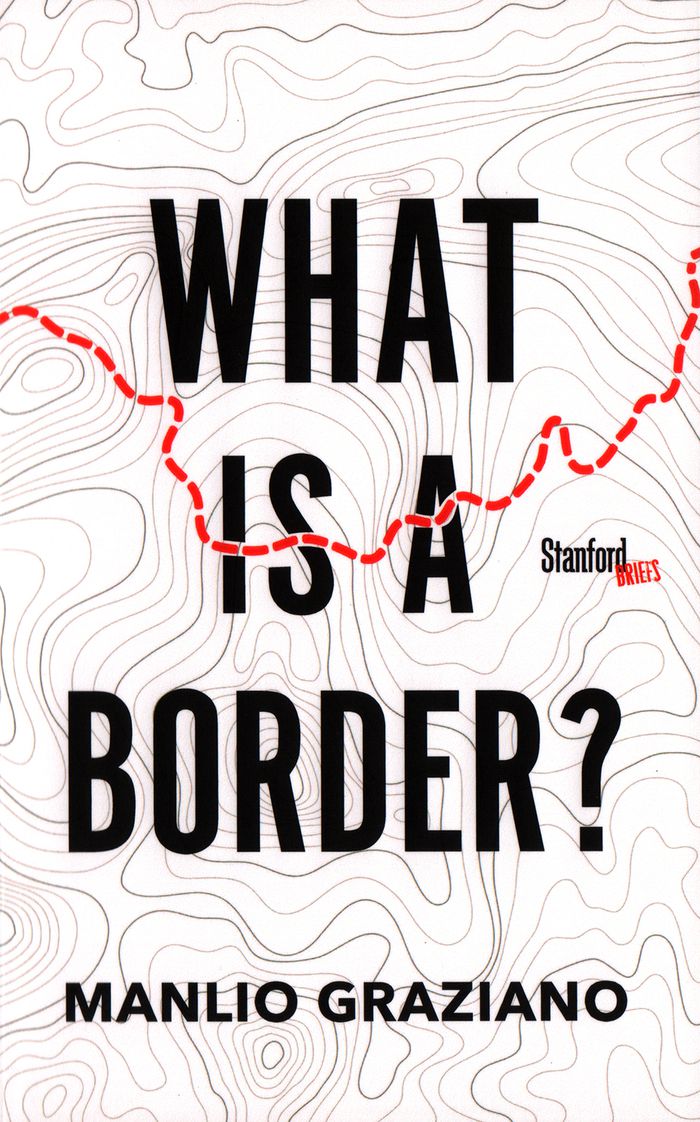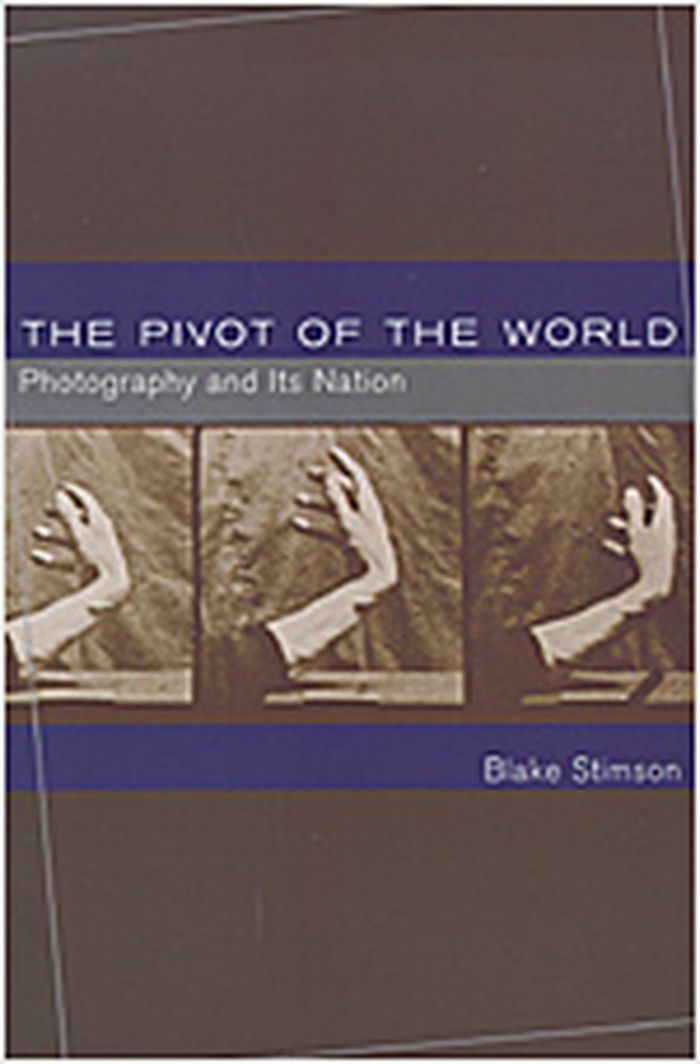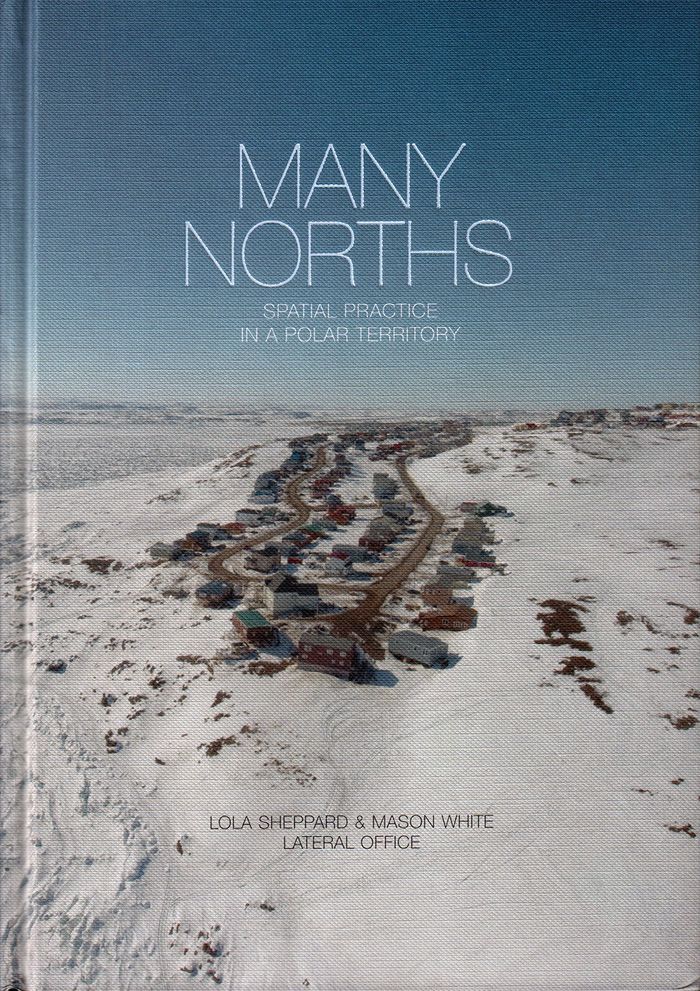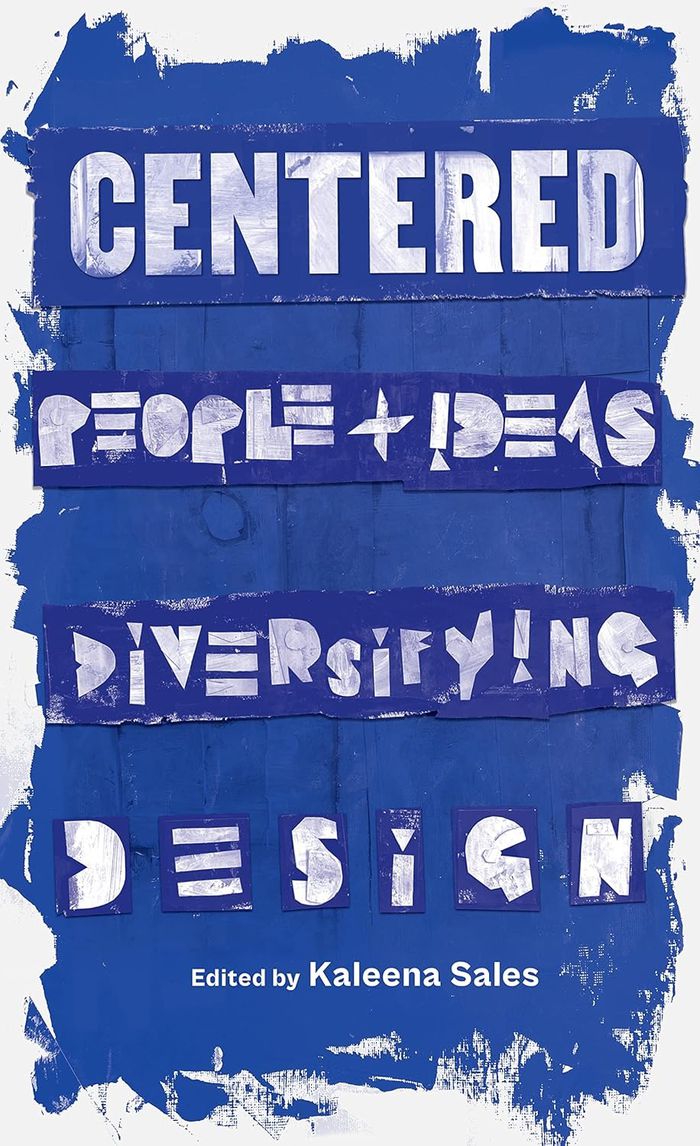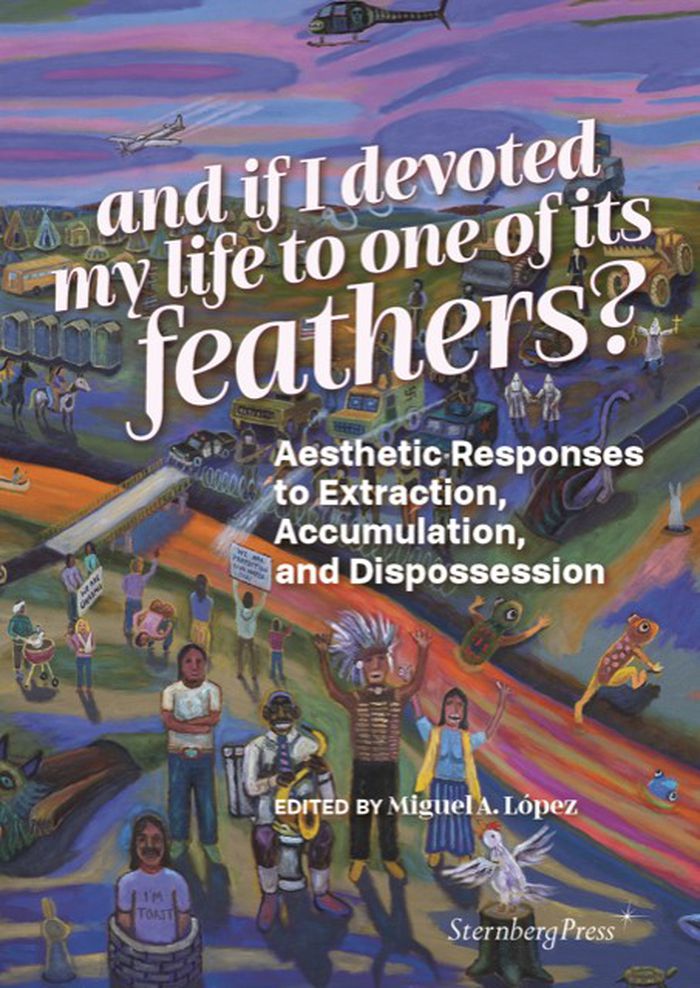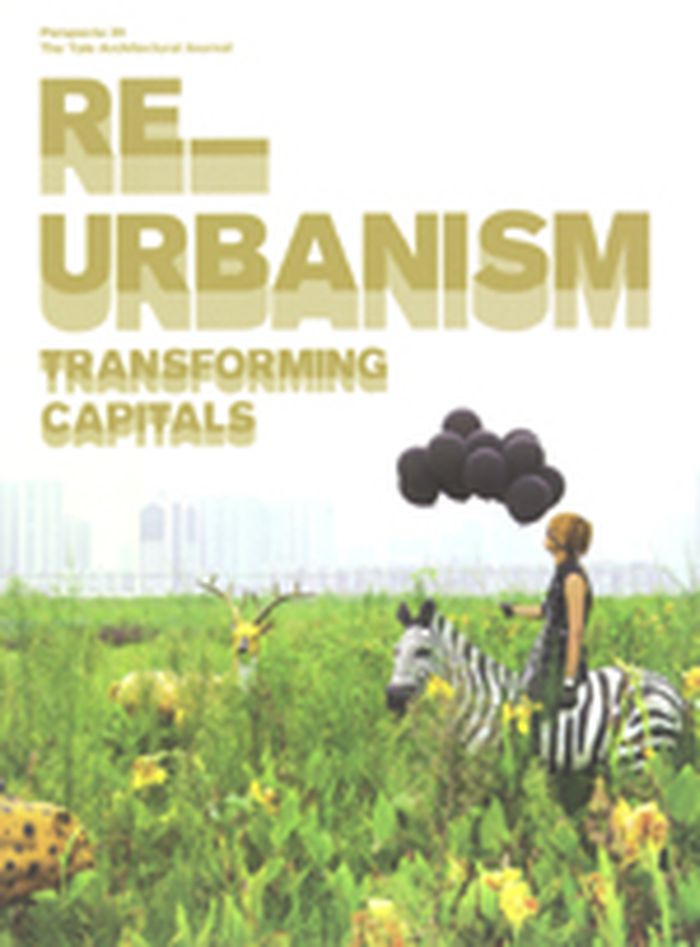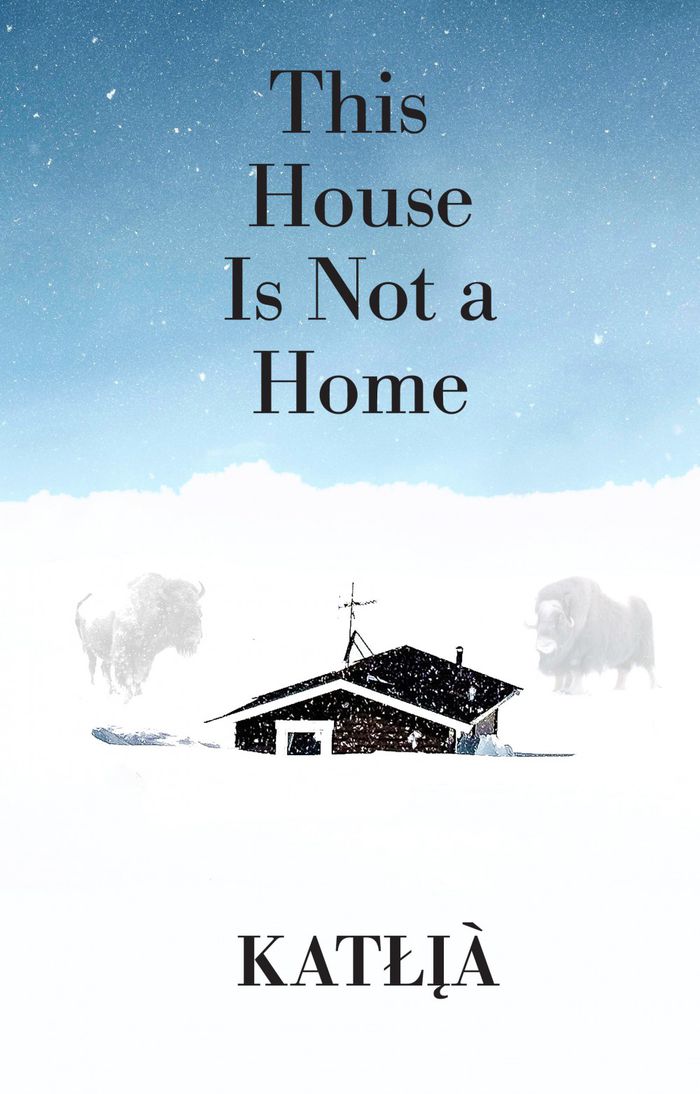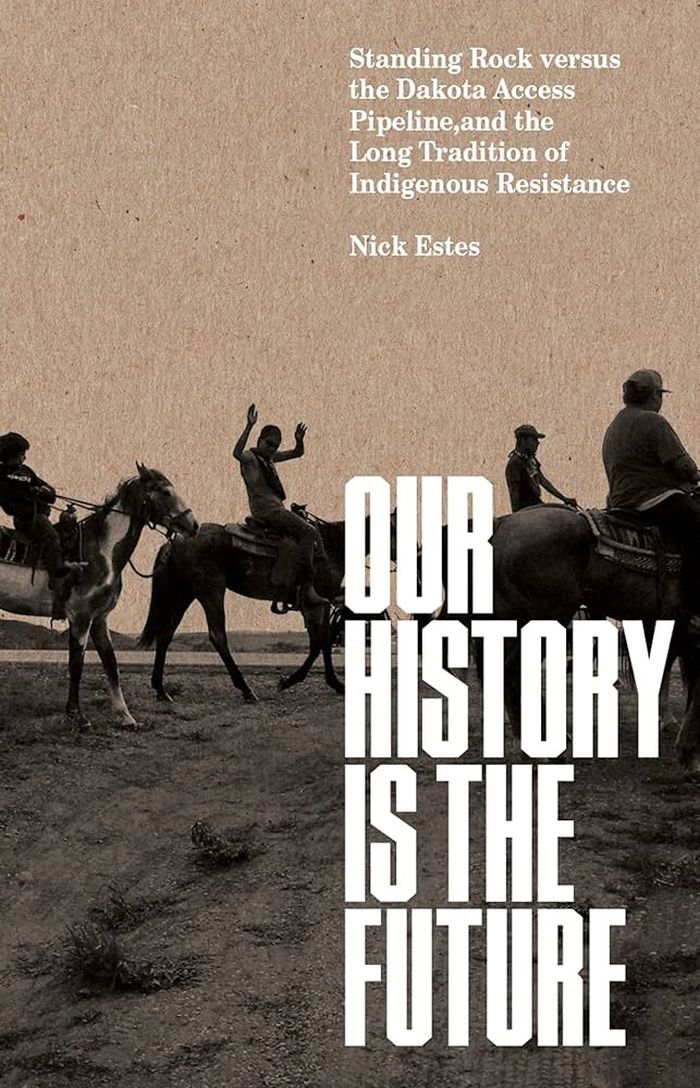What is a border?
$18.95
(disponible sur commande)
Résumé:
The fall of the Berlin Wall, symbol of the bipolar order that emerged after World War II, seemed to inaugurate an age of ever fewer borders. The liberalization and integration of markets, the creation of vast free-trade zones, the birth of a new political and monetary union in Europe—all seemed to point in that direction. Only thirty years later, the tendency appears to(...)
What is a border?
Actions:
Prix:
$18.95
(disponible sur commande)
Résumé:
The fall of the Berlin Wall, symbol of the bipolar order that emerged after World War II, seemed to inaugurate an age of ever fewer borders. The liberalization and integration of markets, the creation of vast free-trade zones, the birth of a new political and monetary union in Europe—all seemed to point in that direction. Only thirty years later, the tendency appears to be quite the opposite. Talk of a wall with Mexico is only one sign among many that boundaries and borders are being revisited, expanding in number, and being reintroduced where they had virtually been abolished. Is this an out-of-step, deceptive last gasp of national sovereignty or the victory of the weight of history over the power of place?
Théorie de l’architecture
$24.95
(disponible sur commande)
Résumé:
The old dream of social belonging and political sovereignty--the dream of nation--was fraught with anxiety and contradiction for many artists and intellectuals in the 1950s. On the one hand, memories of the Second World War remained vivid and the chauvinism that had enabled it threatened to return with the growing tensions of the Cold War. On the other hand, the need to(...)
The pivot of the world : photography and its nation
Actions:
Prix:
$24.95
(disponible sur commande)
Résumé:
The old dream of social belonging and political sovereignty--the dream of nation--was fraught with anxiety and contradiction for many artists and intellectuals in the 1950s. On the one hand, memories of the Second World War remained vivid and the chauvinism that had enabled it threatened to return with the growing tensions of the Cold War. On the other hand, the need to bind together into a new global identity--into a world nation or "family of man"--seemed ever more pressing as a bulwark against the rapidly expanding threat of a nuclear World War III. The Pivot of the World looks at an exceptional effort to work out that geopolitical tension by cultural means as developed in three hugely ambitious photographic projects: The Family of Man exhibition that opened in 1955 and traveled the world for the next decade; Robert Frank's influential book The Americans, photographed in 1955-1956 and first published in 1958; and Bernd and Hilla Becher's typological record of industrial architecture, begun in 1957 and continuing today. Each of these projects worked to release the dream of nation--of belonging and sovereignty--from its old civic trappings through the medium of photography's serial form, in the experience of one photograph followed by another and another and another, so that all seem at once intimately connected and at the same time autonomous and distinct. Innovations in the serial composition of photographic form could open new possibilities for social form while the modern desire for political belonging could be made cosmopolitan, could be globalized--but in the most human of ways. This epic sense of purpose lasted only for a moment--it had already passed by the beginning of the 1960s--but it bears particular interest for any historical understanding of the contest over globalization that continues to hold such great consequence for us now.
Théorie de la photographie
$64.95
(disponible sur commande)
Résumé:
"Many norths: spatial practice in a polar territory" charts the unique spatial realities of Canada’s Arctic region, an immense territory populated with small, dispersed communities. The region has undergone dramatic transformations in the name of sovereignty, aboriginal affairs management, resources, and trade, among others. For most of the Arctic’s modern history,(...)
juin 2017
Many norths: spatial practice in a polar territory
Actions:
Prix:
$64.95
(disponible sur commande)
Résumé:
"Many norths: spatial practice in a polar territory" charts the unique spatial realities of Canada’s Arctic region, an immense territory populated with small, dispersed communities. The region has undergone dramatic transformations in the name of sovereignty, aboriginal affairs management, resources, and trade, among others. For most of the Arctic’s modern history, architecture, infrastructure, and settlements have been the tools of colonialism. Today, tradition and modernity are intertwined. Northerners have demonstrated remarkable adaptation and resilience as powerful climatic, social, and economic pressures collide. This unprecedented book documents—through the themes of urbanism, architecture, mobility, monitoring, and resources—the multiplicity of norths that appear and the spatial practices employed to negotiate it. Using innovative drawings, maps, timelines, as well as essays and interviews, Many Norths reveals a distinct northern vernacular.
$41.50
(disponible sur commande)
Résumé:
As the design industry reexamines its emphasis on Eurocentric ideologies and wrestles with its conventional practices, ''Centered'' advocates for highlighting and giving a voice to the people, places, methods, ideas, and beliefs that have been eclipsed or excluded by dominant design movements. Curated by Kaleena Sales, a powerful voice and noted advocate for diversity in(...)
Centered: people and ideas diversifying design
Actions:
Prix:
$41.50
(disponible sur commande)
Résumé:
As the design industry reexamines its emphasis on Eurocentric ideologies and wrestles with its conventional practices, ''Centered'' advocates for highlighting and giving a voice to the people, places, methods, ideas, and beliefs that have been eclipsed or excluded by dominant design movements. Curated by Kaleena Sales, a powerful voice and noted advocate for diversity in the design community, the thirteen essays and interviews in this volume feature important and underrepresented design work and projects, both historical and present-day, including: Gee’s Bend Quilters, by Stephen Child and Isabella D’Agnenica; A Chinese Typographic Archive, by YuJune Park and Caspar Lam; Indigenous Sovereignty and Design: An Interview with Sadie Red Wing (Her Shawl is Yellow); The Truck Art of India, by Shantanu Suman; New Lessons from the Bauhaus: An Interview with Ellen Lupton; Vocal Type: An Interview with Tré Seals; Decolonizing Graphic Design, A Must, by Cheryl D. Miller.
Théorie du design
$34.95
(disponible sur commande)
Résumé:
From the advent of early colonial photography in the 19th century to contemporary 'white savior' social-media images, photography continues to play an integral role in the maintenance of white sovereignty. As various scholars have shown, the technology of the camera is not innocent, and neither are the images it produces. The invention and continuation of the 'white(...)
The image of whiteness: Contemporary photography and racialization
Actions:
Prix:
$34.95
(disponible sur commande)
Résumé:
From the advent of early colonial photography in the 19th century to contemporary 'white savior' social-media images, photography continues to play an integral role in the maintenance of white sovereignty. As various scholars have shown, the technology of the camera is not innocent, and neither are the images it produces. The invention and continuation of the 'white race' is not just a political, social and legal phenomenon; it is also a complexly visual one. What does whiteness look like, and how might we begin to trace an antiracist history of artistic resistance that works against it? ''The image of whiteness'' seeks to introduce its reader to some important extracts from the troubling story of whiteness, to describe its falsehoods, its paradoxes and its oppressive nature, and to highlight some of the crucial work photographic artists have done to subvert and critique its image.
Théorie de la photographie
And if I devoted my life to one of its feathers? Aesthetic responses to extraction, accumulation
$27.00
(disponible sur commande)
Résumé:
“And if I devoted my life to one of its feathers?” wrote the Chilean poet, artist, and feminist activist Cecilia Vicuña in the early 1970s. Vicuña countered anthropocentric and hetero-patriarchal urges with healing and appreciation, reviving the aesthetic and spiritual bonds between human and more-than-human entities and worlds. Revolving around this vision of(...)
And if I devoted my life to one of its feathers? Aesthetic responses to extraction, accumulation
Actions:
Prix:
$27.00
(disponible sur commande)
Résumé:
“And if I devoted my life to one of its feathers?” wrote the Chilean poet, artist, and feminist activist Cecilia Vicuña in the early 1970s. Vicuña countered anthropocentric and hetero-patriarchal urges with healing and appreciation, reviving the aesthetic and spiritual bonds between human and more-than-human entities and worlds. Revolving around this vision of interconnectivity, this book, which accompanies a joint exhibition of the same name of Kunsthalle Wien and Wiener Festwochen, seeks to create a collective dialogue around unequal distribution of power, sovereignty, and social and ecological justice. The exhibited works and written contributions reflect on the rationale of exploitation, the fast-paced mining of raw materials, and environmental destruction as a colonial legacy. They deconstruct Western anthropocentric models and enduring colonial and racist discourses, trace the stories of indigenous struggles for collective survival, and celebrate encounters defined by solidarity in their resistance to capitalist extraction, misogyny, imperialist violence, and dispossession.
Théorie de l’art
$21.95
(disponible sur commande)
Résumé:
This edition of Perspecta, the oldest and most distinguished student-edited architectural journal in America, investigates the transformation of capital cities in the era of globalization. This redevelopment, renewal, and recycling of the urban landscape--termed by the editors as "Re_Urbanism"--takes place as capital cities try both to cater to an influx of global capital(...)
Perspecta 39 Re_urbanism : Transforming capitals
Actions:
Prix:
$21.95
(disponible sur commande)
Résumé:
This edition of Perspecta, the oldest and most distinguished student-edited architectural journal in America, investigates the transformation of capital cities in the era of globalization. This redevelopment, renewal, and recycling of the urban landscape--termed by the editors as "Re_Urbanism"--takes place as capital cities try both to cater to an influx of global capital and to reassert their roles as symbols of national sovereignty. Re_Urbanism investigates this process from an architectural perspective. The contributors explore the various ways capital cities struggle to assert their vitality and continuing relevance, examining capitals that compete internally with their own global counterparts (Abu Dhabi vs. Dubai), capitals that must be rebuilt after periods of destruction (Belgrade and Baghdad), and capital cities that are responding to hyperbolic development (Beijing, New Delhi, Kuwait City). Some cities are examined for their impact on border politics (Washington D.C.) while others reveal mythologies parallel to their modernist origins (Brasilia).
Revues
$45.00
(disponible en magasin)
Résumé:
''The Mountain Speaks to the Sea'' delves into Tekla Aslanishvili’s experimental film trilogy, which investigates regimes of infrastructural governance by examining how ports, railways, and smart city projects act as technologies of citizenship and sovereignty. Images of distant geographies are connected with future orientations, revealing the disruptive impacts of(...)
Tekla Aslanishvili: The Mountain Speaks to the Sea
Actions:
Prix:
$45.00
(disponible en magasin)
Résumé:
''The Mountain Speaks to the Sea'' delves into Tekla Aslanishvili’s experimental film trilogy, which investigates regimes of infrastructural governance by examining how ports, railways, and smart city projects act as technologies of citizenship and sovereignty. Images of distant geographies are connected with future orientations, revealing the disruptive impacts of large-scale energy and transportation projects on the ecologies of the South Caucasus. The publication focuses on the potentiality of moving images in the making and unmaking of infrastructures. By zooming in and out on the grand narratives of infrastructural development, it assembles fragmented (hi)stories of people who live and work around sites of transit and extraction, sabotaging their material systems to challenge violent practices of statecraft. Positioned between an artist’s book and a reader, The Mountain Speaks to the Sea features contributions from writers and scholars in visual culture, political science and critical geography, and experiments with ways of translating film into printed matter. ''The Mountain Speaks to the Sea'' is edited by Tekla Aslanishvili and Silvia Franceschini, with contributions by Alexandra Aroshvili, Ifor Duncan, Silvia Franceschini, Evelina Gambino, and Timothy Mitchell.
Théorie de l’art
This house is not a home
$24.00
(disponible sur commande)
Résumé:
After a hunting trip one fall, a family in the far reaches of so-called Canada’s north return to nothing but an empty space where their home once stood. Finding themselves suddenly homeless, they have no choice but to assimilate into settler-colonial society in a mining town that has encroached on their freedom.This intergenerational coming-of-age novel follows Ko`, a(...)
This house is not a home
Actions:
Prix:
$24.00
(disponible sur commande)
Résumé:
After a hunting trip one fall, a family in the far reaches of so-called Canada’s north return to nothing but an empty space where their home once stood. Finding themselves suddenly homeless, they have no choice but to assimilate into settler-colonial society in a mining town that has encroached on their freedom.This intergenerational coming-of-age novel follows Ko`, a Dene man who grew up entirely on the land before being taken to residential school. When he finally returns home, he struggles to connect with his family: his younger brother whom he has never met, his mother because he has lost his language, and an absent father whose disappearance he is too afraid to question. The third book from acclaimed Dene, Cree and Metis writer Katlià, this is a fictional story based on true events, presenting a clear trajectory of how settlers dispossessed Indigenous Peoples of their land — and how Indigenous communities, with dignity and resilience, continue to live and honour their culture, values, inherent knowledge systems, and Indigenous rights towards re-establishing sovereignty.
Autochtone
$35.95
(disponible sur commande)
Résumé:
In 2016, a small protest encampment at the Standing Rock reservation in North Dakota, initially established to block construction of the Dakota Access oil pipeline, grew to be the largest Indigenous protest movement in the twenty-first century, attracting tens of thousands of Indigenous and non-Native allies from around the world. Its slogan ''Mni Wiconi''—Water is(...)
Our history is the future: Standing Rock versus the Dakota Access Pipeline, and the long tradition of indigenous resistance
Actions:
Prix:
$35.95
(disponible sur commande)
Résumé:
In 2016, a small protest encampment at the Standing Rock reservation in North Dakota, initially established to block construction of the Dakota Access oil pipeline, grew to be the largest Indigenous protest movement in the twenty-first century, attracting tens of thousands of Indigenous and non-Native allies from around the world. Its slogan ''Mni Wiconi''—Water is Life—was about more than just a pipeline. Water Protectors knew this battle for Native sovereignty had already been fought many times before, and that, even after the encampment was gone, their anti-colonial struggle would continue. In ''Our history is the future'', Nick Estes traces traditions of Indigenous resistance leading to the #NoDAPL movement from the days of the Missouri River trading forts through the Indian Wars, the Pick-Sloan dams, the American Indian Movement, and the campaign for Indigenous rights at the United Nations. While a historian by trade, Estes also draws on observations from the encampments and from growing up as a citizen of the Oceti Sakowin (the Nation of the Seven Council Fires), making Our History is the Future at once a work of history, a personal story, and a manifesto.
Autochtone
